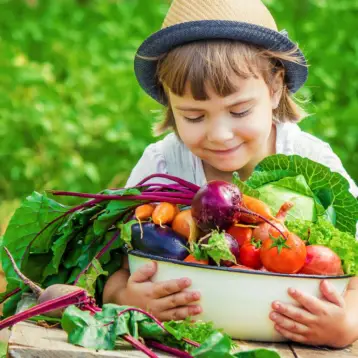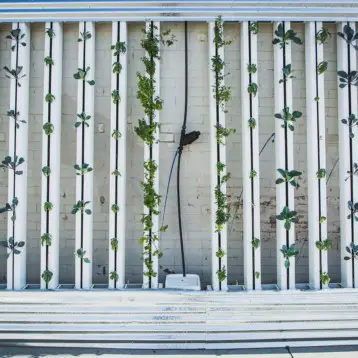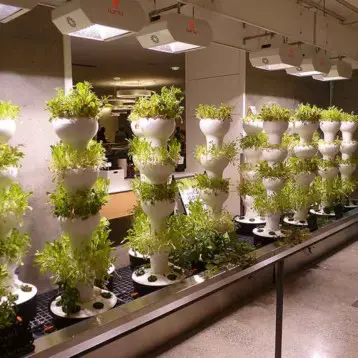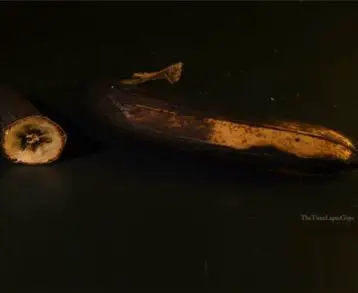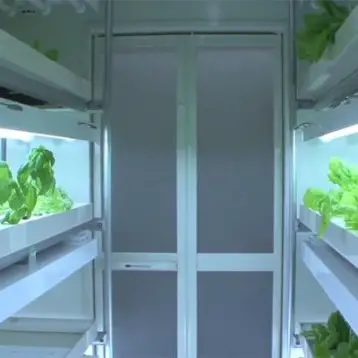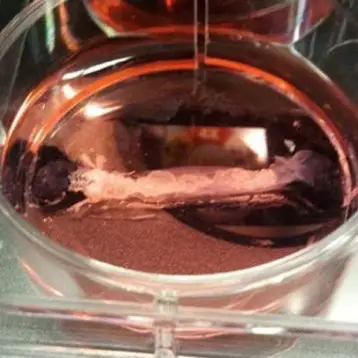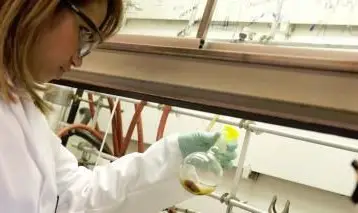Over the past six to eight years there has been a hugely noticeable spike in the number of damaging frosts and freezes to farms in Australia and New Zealand. It is becoming more and more common for growers to take weather risk management very seriously now. It can completely put a farmer’s business to a halt if the correct procedures aren’t put in place, so it’s time to get educated on the various elements that can go wrong. As a society, we are all working towards a greener future, but with fruit farms at risk during the bitter winter months, there needs to be action taken by the farming industry. Instead of having to endure catastrophic damage it’s time to explore all of the available options.
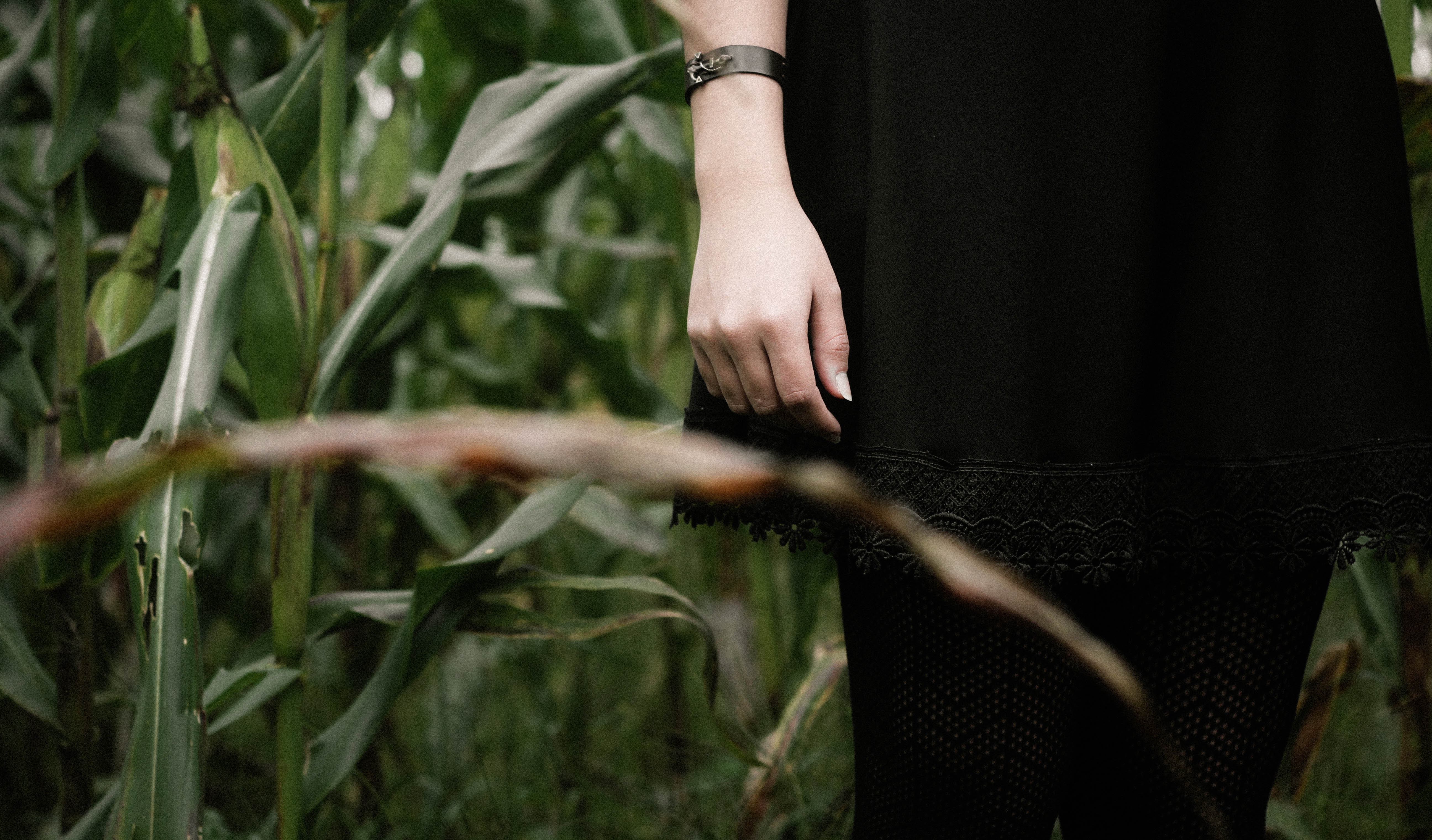
Specialist Equipment
There are many comprehensive protection solutions that many farmers might not even know about. Almost any crop, situated in any location, consisting of any soil type can be managed effectively by frost prevention equipment from FrostBoss. The equipment looks a lot like wind turbines and these fans can be used to prevent damaging frost from forming on crops. By utilizing one of the most efficient blades on the market as well as low fuel consumption, the farms in question can be sure that their hard work isn’t going to waste due to the elements outdoors.
Behind the Frost
In order for frost to do significant damage to crops, the temperature needs to drop between twenty-two and thirty-two degrees Fahrenheit. Of course, this completely depends on the type of crop in question, but these blanket figures are generally quite accurate. When frost damage occurs there is usually a cold layer of air which hugs closely to the ground. Understanding where the so-called inversion layer forms are how the crops can be protected in the long run. Weather monitoring equipment is also a very useful idea for farmers who aren’t quite ready to invest in such a large preventative product for their farm.
Protection Types
Farmers often choose to adopt either an active or passive style of protection when it comes to keeping their crops safe. Passive protection would include specialist site selection, whereby the probability of frost freezes would decrease significantly. Placing the crops near natural heat resources would prevent frost from causing long term damage. The active approach is when sprinklers, heaters or other specialist equipment is put in place purposefully to prevent damage to the crops. These techniques can be costly initially and they do consume a fair amount of energy, however, the return on investment is often well worth it in the end.
Overall, there are many different techniques that can be used to prevent grower’s crops from freezing over. In turn, when these preventative measures are put into place there will be a significant decrease in waste and loss of profits. With these high tech measures in place, there will be a tonne of weight off the farmers’ shoulders as they will know that their crops and fruit aren’t going to waste during the colder times of the year.
Building Planning Into Protecting Crops
Protecting your crops and removing some of the pressure from farmers’ shoulders with farm barn sheds may be the perfect option to store produce, materials, and resources and act as shelters to protect expensive farm machinery all at the same time.
Finding the right solutions to protecting crops from inclement weather may mean that a combination of options may need to be incorporated. Planning a strategy to ensure that the risk of frost damage is minimized is essential when maximizing productivity and successful crop management.

